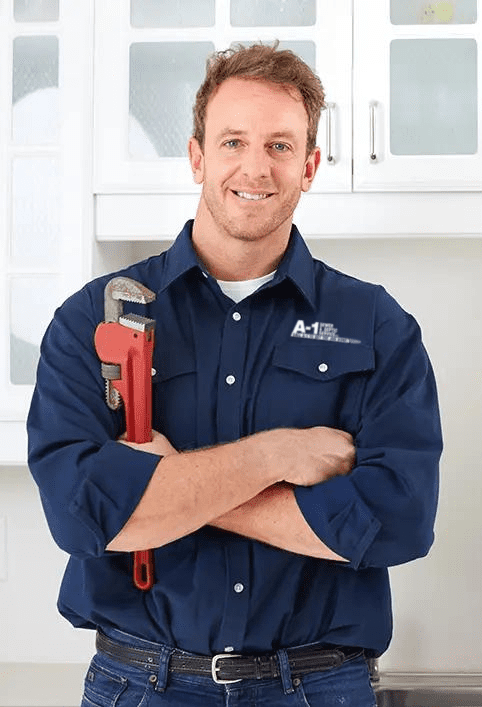Is there water on your floor near the base of your toilet? Do you notice water stains on the ceiling, or do you smell sewer gas? If so, these may be telltale signs of plumbing problems from a leaky toilet. Other signs include a small pool of water, with water leaking where the base of the toilet meets the floor, spongy flooring beneath the toilet, and finished flooring that is coming up.
If you see water or water damage to the flooring below the toilet, you may have a toilet problem where you have a bad wax seal or gasket between the toilet horn (the place where the waste exits) and the drain line. Don’t wait any longer the toilet leaks continue!
A small leak from a hairline crack or hole, it can get trapped beneath the toilet, eventually rotting out the floor surfaces, and sometimes the framing underneath. If you wait too long, the repair costs can increase, especially if you end up having to replace the finished flooring, underlayments, subfloors, or framing. Moving it from a DIY home improvement project for homeowners, to needing a professional plumber and contractor to help. Tackling a leaking toilet bowl can be daunting, and toilets leaks can be frustrating for homeowners who do not have experience with this type of home improvement.
Pulling Up the Toilet
In order to get to the root of the leak, the toilet will have to be pulled up and examined for evidence. If you’re lucky, you might only need to replace what is called the wax ring, and then remount the toilet. If that’s the case, the toilet should be back in running order in under an hour.
It is not uncommon for a new bathroom floor to be laid on top of the old flooring, leaving the toilet flange too low to seal with a wax ring. When the new flooring is an inch or more above the existing flange, doubling up the wax rink is not a workable solution since excess wax can squeeze into the pipe and in effect, restrict the flow.
If your toilet flange is 1/4 inch below the finished floor, you’re probably better off getting plastic toilet flange extenders.
What Causes Toilet Leaks?
Flanges – If the cause of your toilet leak is a flange at the bottom of the toilet, it can leak and rot out the flooring. If the flange loosens, the leak can worsen. You would have to track down the cause of the leak, repair it, and then create a solid surface that supports the flange. One of the best ways to re-anchor a flange is to use a flange support bracket that can transfer the load beyond the rotted areas of the subfloor.
Gaskets – the gaskets and seals that go between the toilet bowl, toilet tank, the bottom of the toilet, and others, can all wear out over time, and allow a leak to happen.
Clog – If there is a clog in the toilet or drain line, it can cause a backup and wastewater can leak out and overflow.
Other parts inside of the toilet, toilet tank and items going to the toilet such as water supply lines, flush valves, shut-off valves, toilet flapper, ballcock, overflow tube, fill valve and others can all cause issues, from clogs, leaks, trouble with the toilet fills and leaks and continues to run. You’ll see your water level in the toilet tank continually changing, depending on the type of leak, and can greatly impact your water bill.
Looking For a Plumber in Kansas City?
Fixing a leaky toilet can be complicated if you’ve never done it before. If you’d like to ensure that the job is done right, we encourage you to contact A-1 Sewer & Septic Service Inc. to schedule a service call. Not only do we handle leaking toilets and toilet repair, but plumbing jobs of all sizes, from water heaters, faucets, septic tank pumping, appliance and washers drains, wastewater clogs, and more! We can also often offer same-day service!



